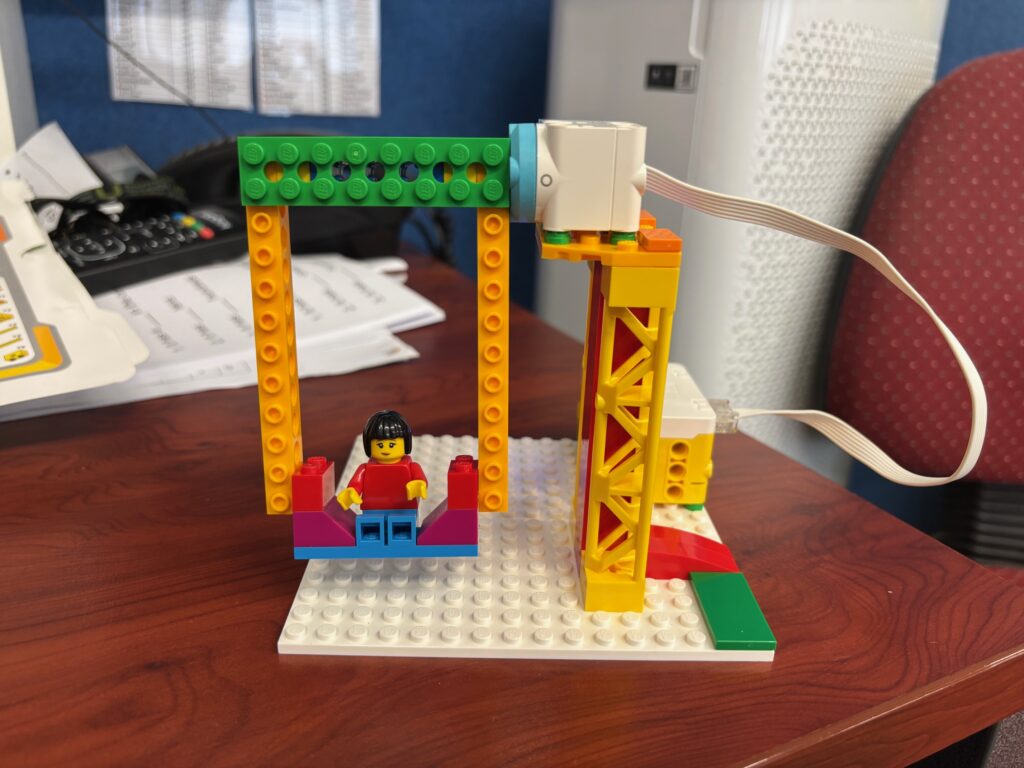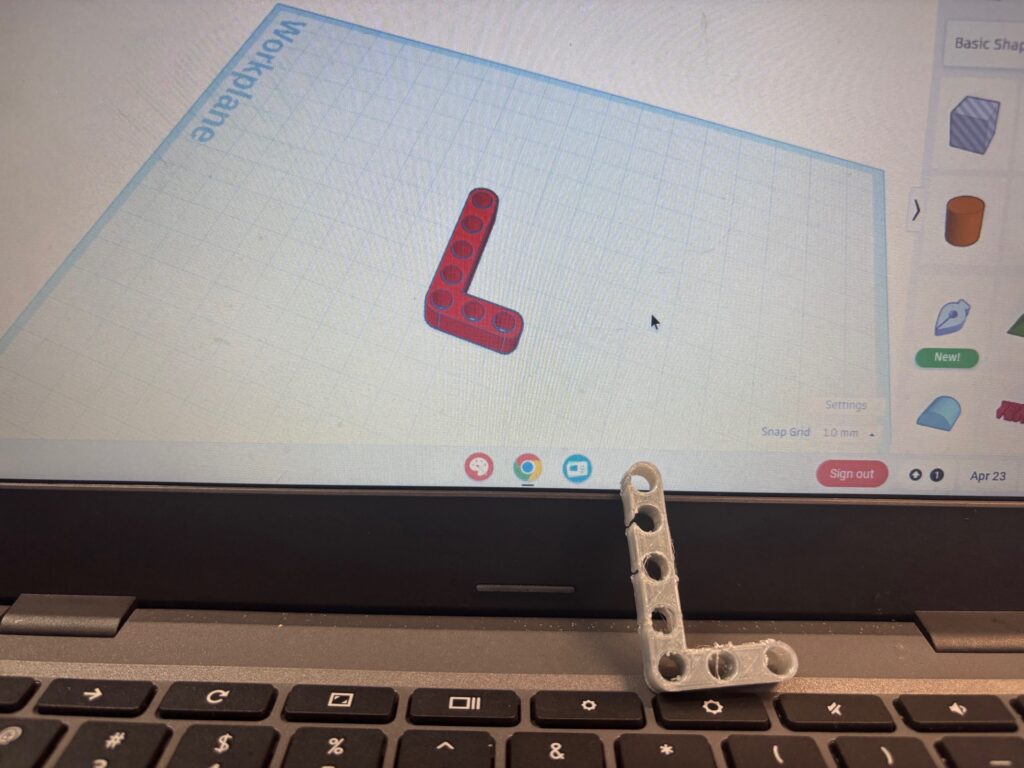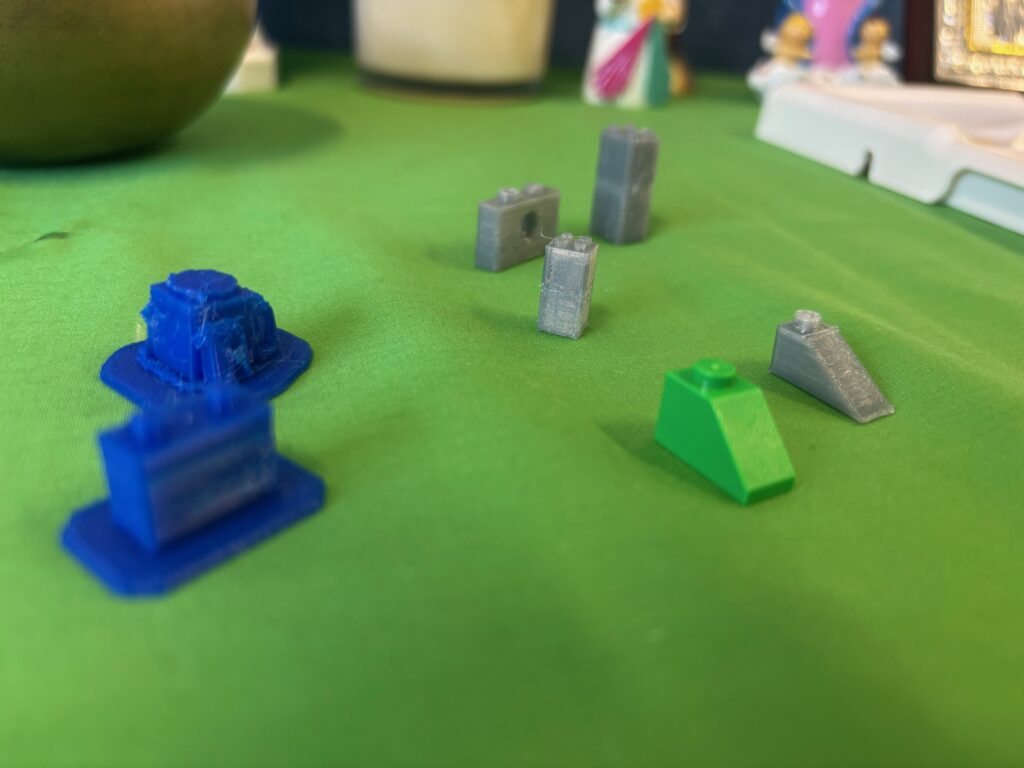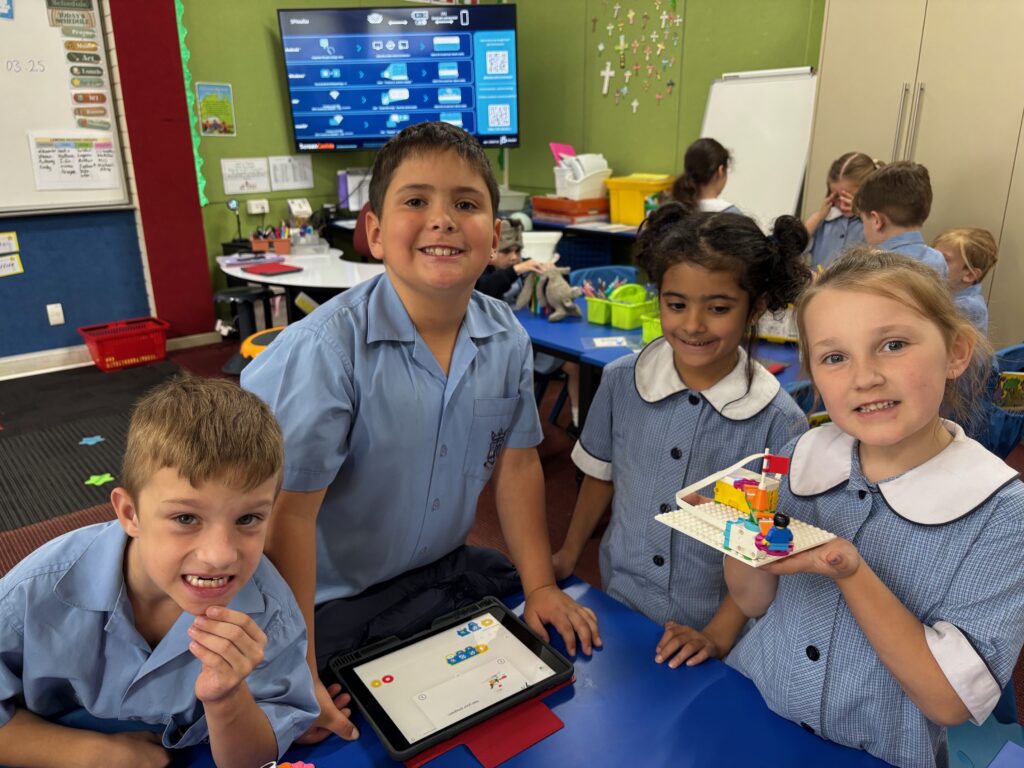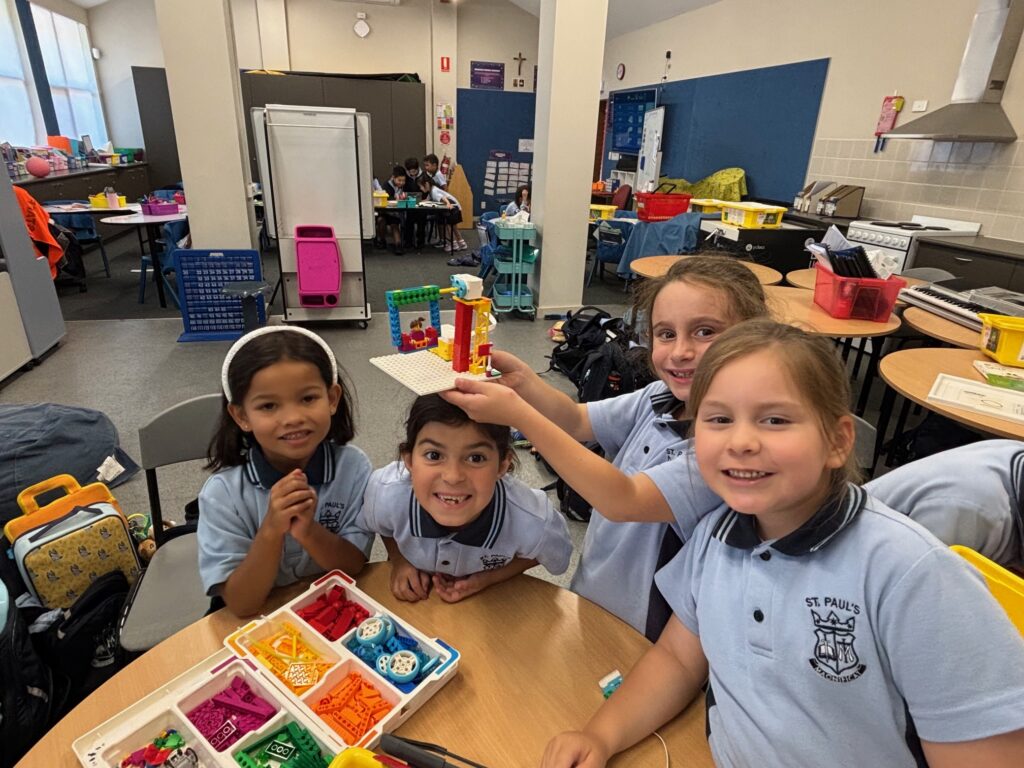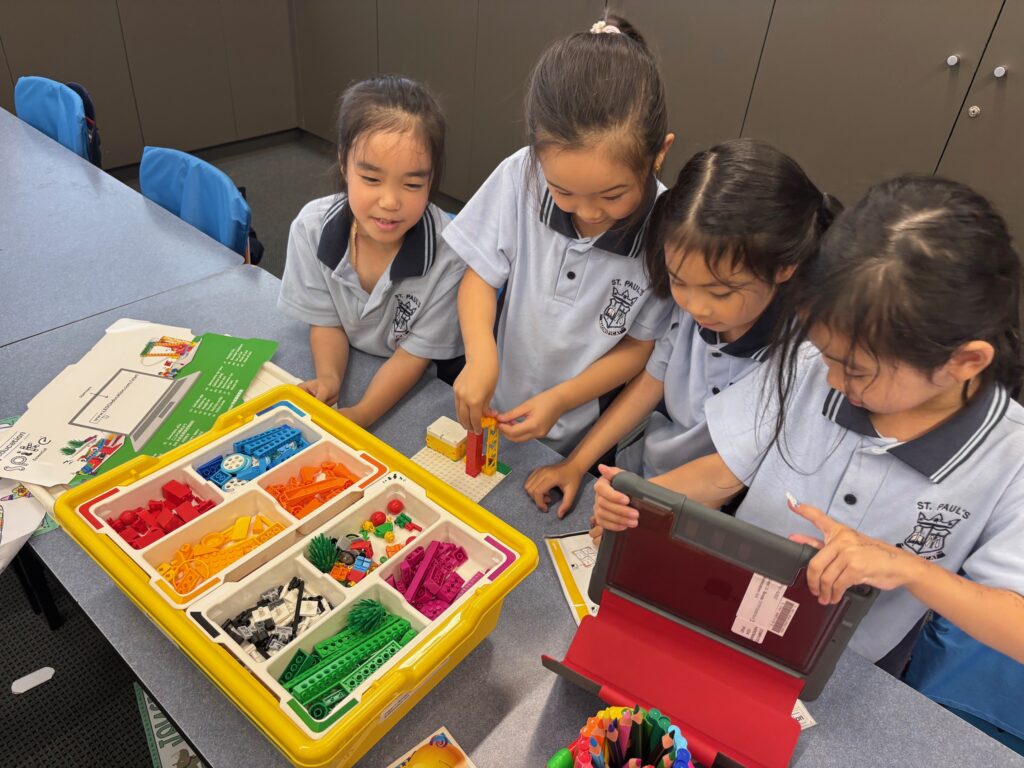STEAM at St.Paul’s: A Journey into design, technologies and problem solving.
At our school, STEAM (Science, Technology, Engineering, Arts, and Mathematics) learning is more than just a subject—it’s an opportunity for students to explore, create, and grow as thinkers, makers, and problem-solvers.
We believe that meaningful learning happens when students are engaged in hands-on experiences that challenge their thinking and spark their creativity. That’s why our STEAM program incorporates a wide variety of tools and approaches—from LEGO robotics and 3D printing to storytelling and collaborative roleplay.
Engineering with LEGO SPIKE Essentials
One of the key components of our program is the use of LEGO SPIKE Essentials kits. These allow students to dive into the world of engineering and design through interactive challenges that follow the design process:
Plan their solution
Build a model using LEGO elements
Test its function
Improve it using feedback and reflection
Each project helps students develop essential skills in teamwork, creative thinking, resilience, and iteration. Whether it’s building a moving vehicle or a problem-solving machine, students are encouraged to explore how things work and how thoughtful design can make them better.
Designing in 3D
Students are also introduced to the world of 3D printing, where they bring their ideas to life using digital design tools like Tinkercad. Through this process, they learn to:
Visualise ideas in 3D space
Use measurement and spatial reasoning
Apply the design cycle: ideate, model, print, evaluate, and refine
From creating custom parts for their LEGO projects to designing real-world solutions to classroom challenges, students learn that design is not just about what looks good—it’s about how things work and solve problems.
Storytelling, Problem Solving and Roleplay with Dungeons & Dragons
Another unique element of our STEAM program is the use of Dungeons & Dragons (D&D)—a collaborative storytelling game that supports the development of imaginative thinking, empathy, communication, and critical problem-solving.
In small group campaigns, students take on the roles of characters in a shared fantasy world. Together, they:
Solve puzzles and overcome challenges
Think creatively in response to unexpected situations
Develop teamwork and social-emotional skills by working cooperatively and considering others’ perspectives
Build confidence in speaking, listening, and expressing ideas
This playful yet powerful approach helps students learn how to negotiate, strategise, and make decisions—all while having fun and using their imaginations.
